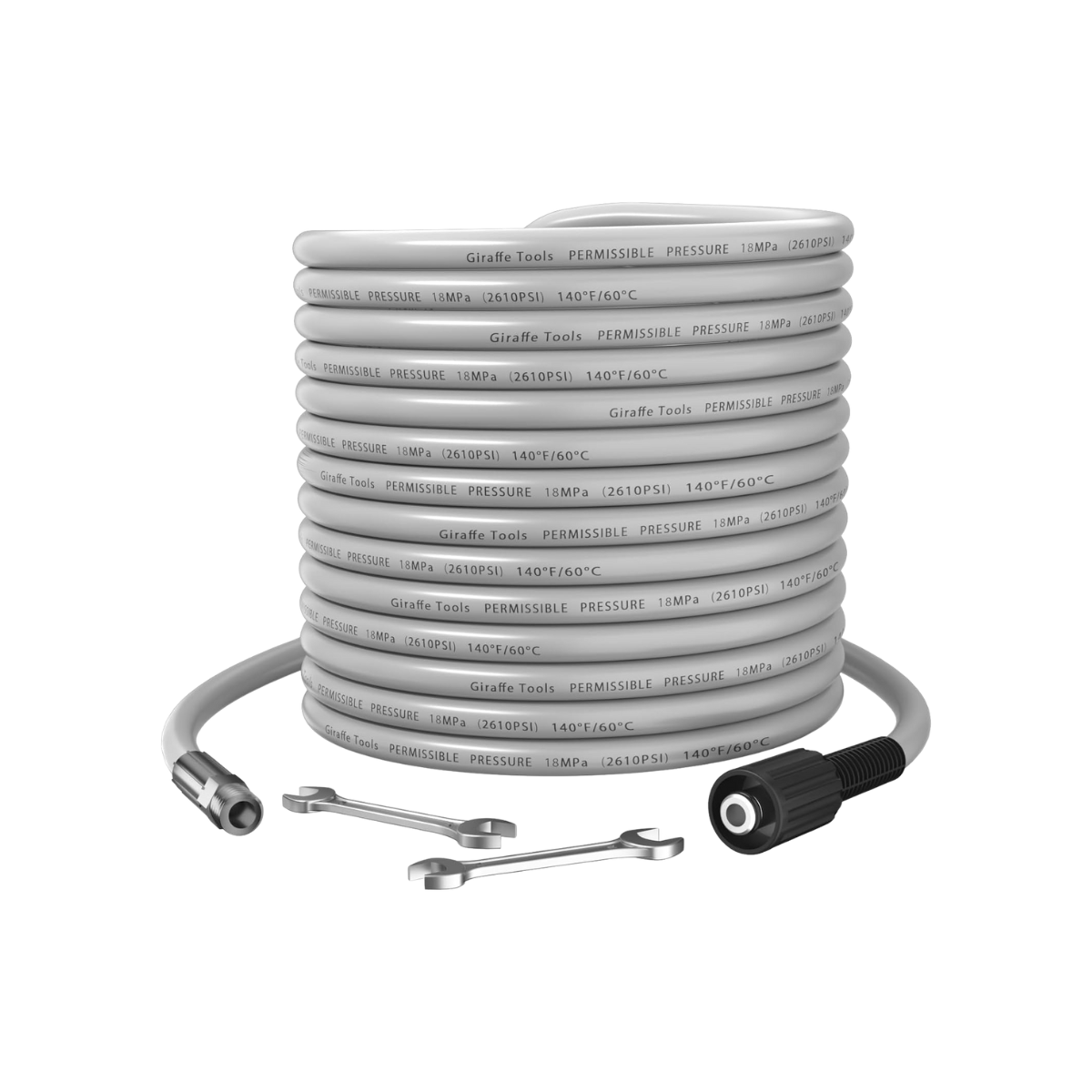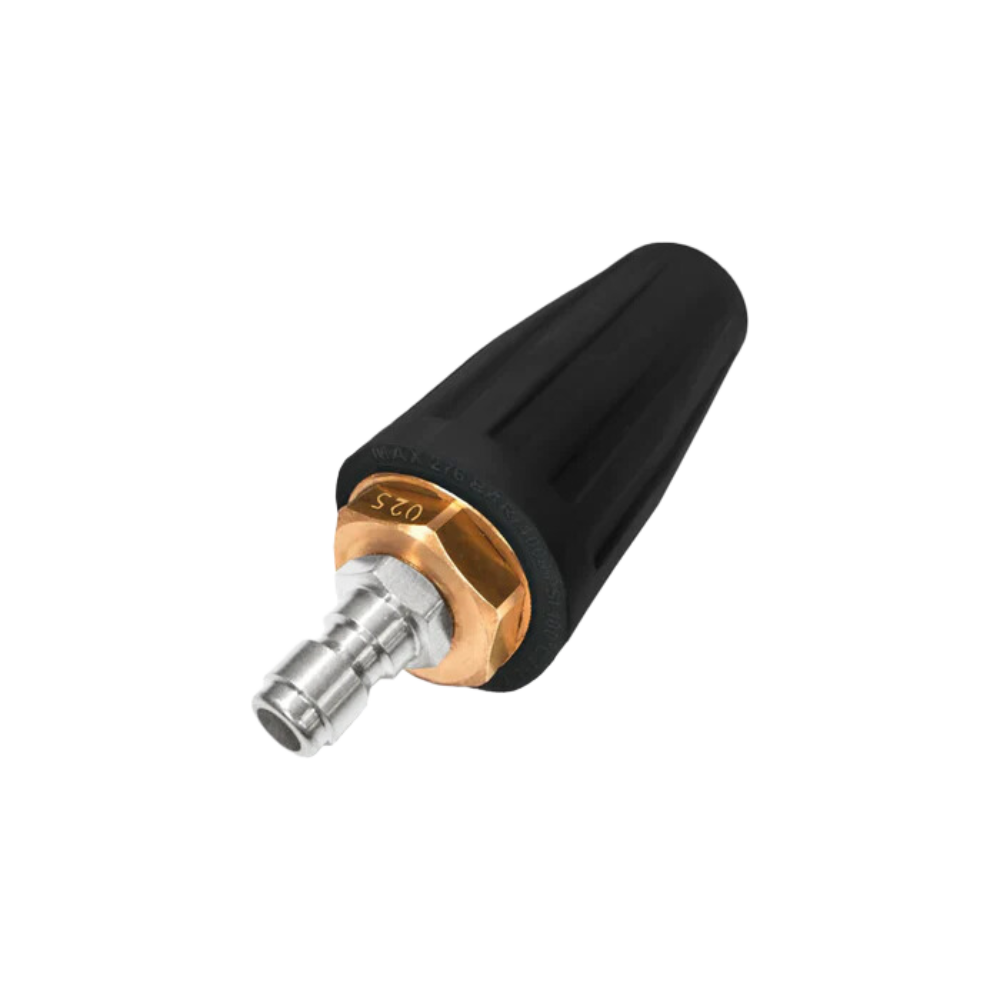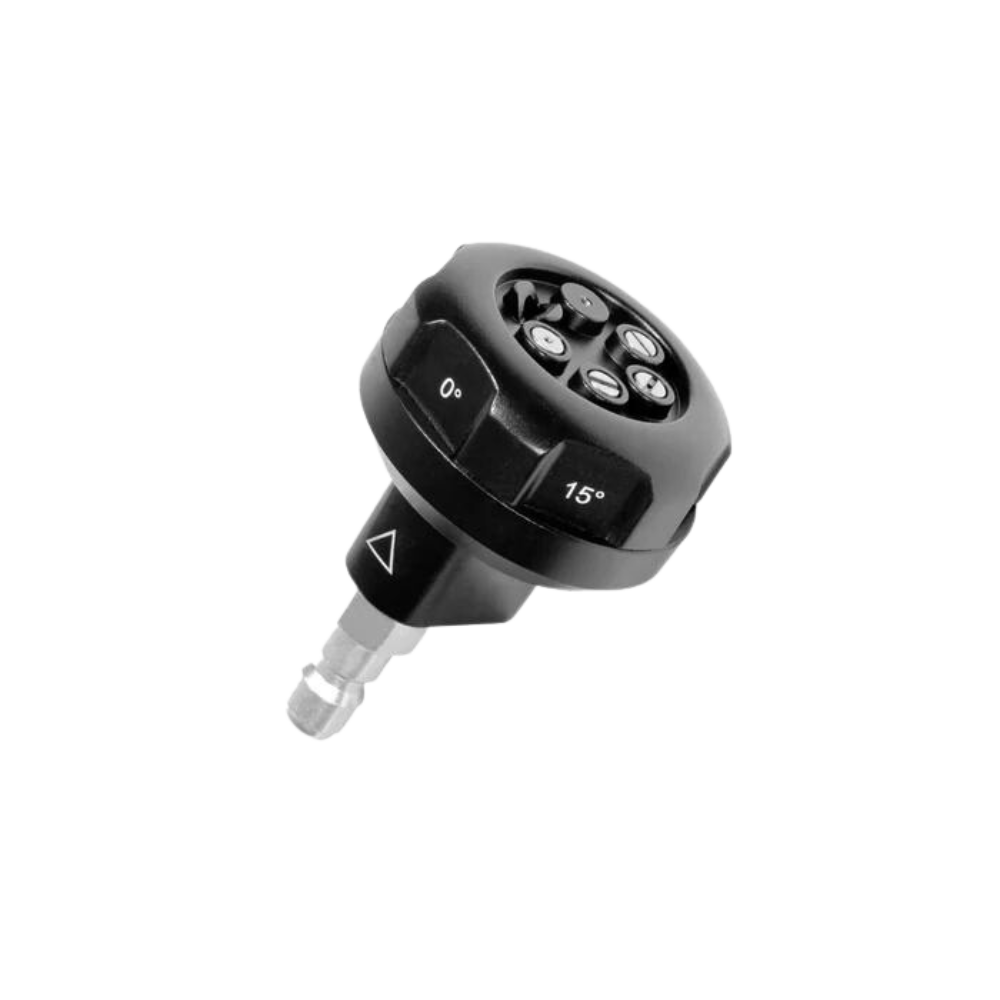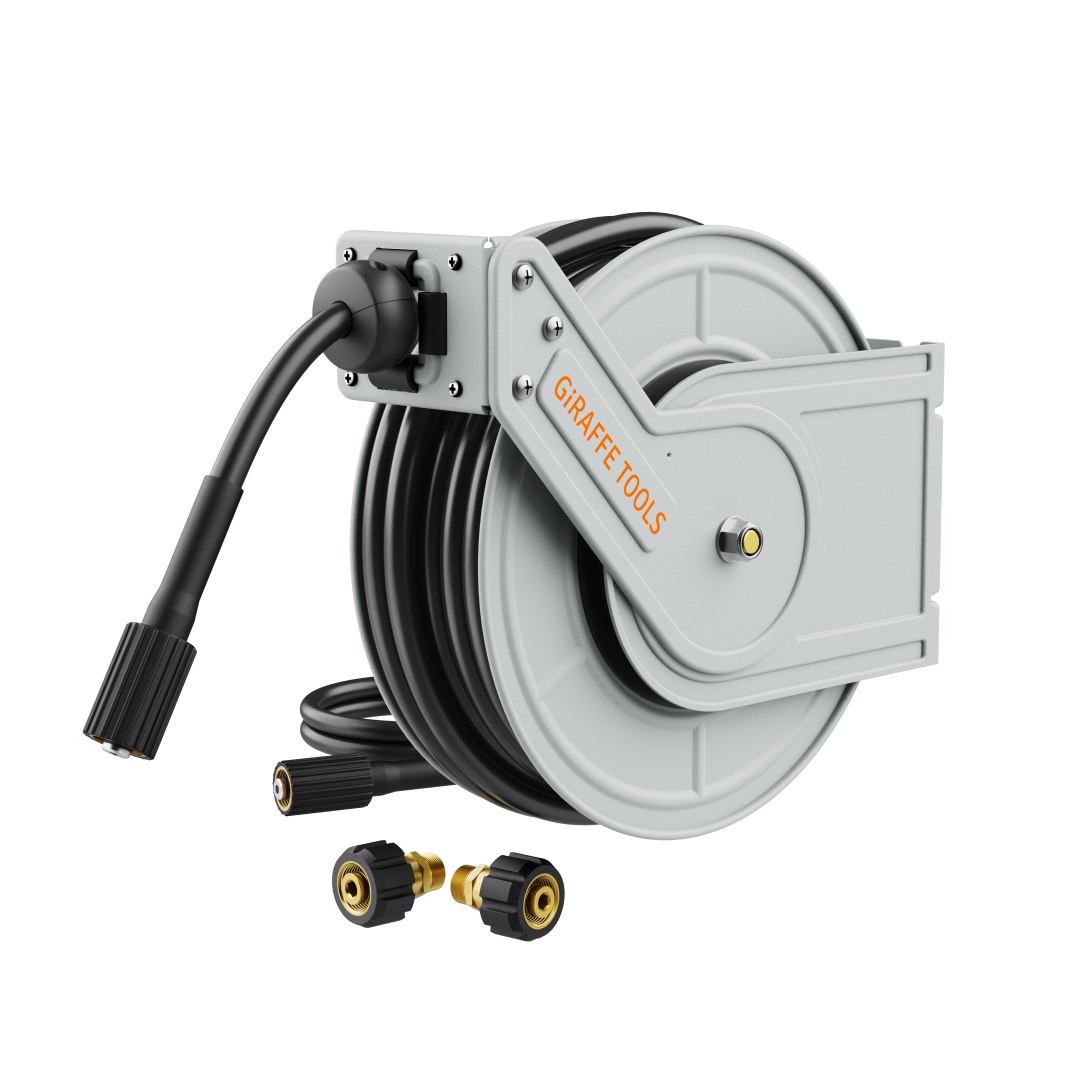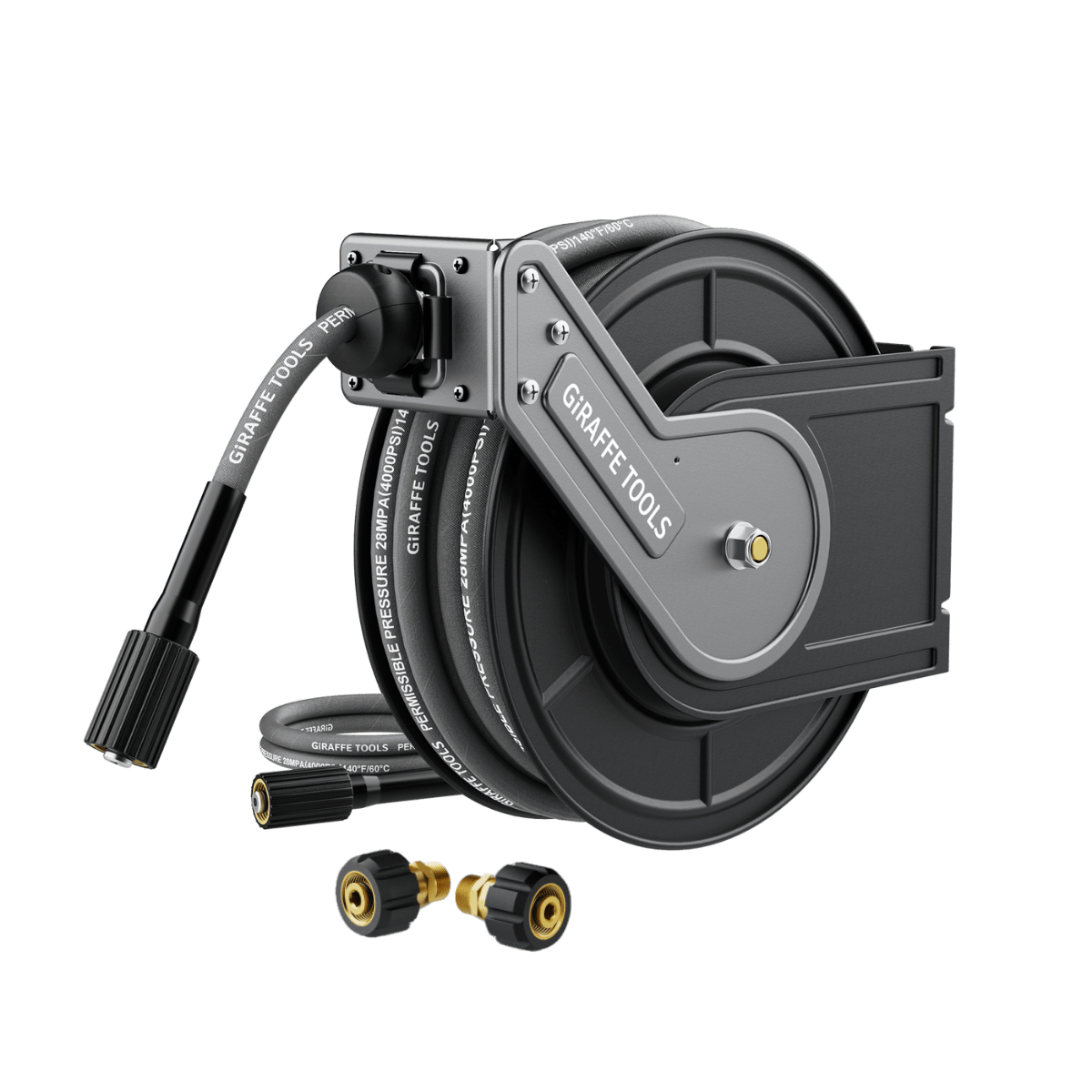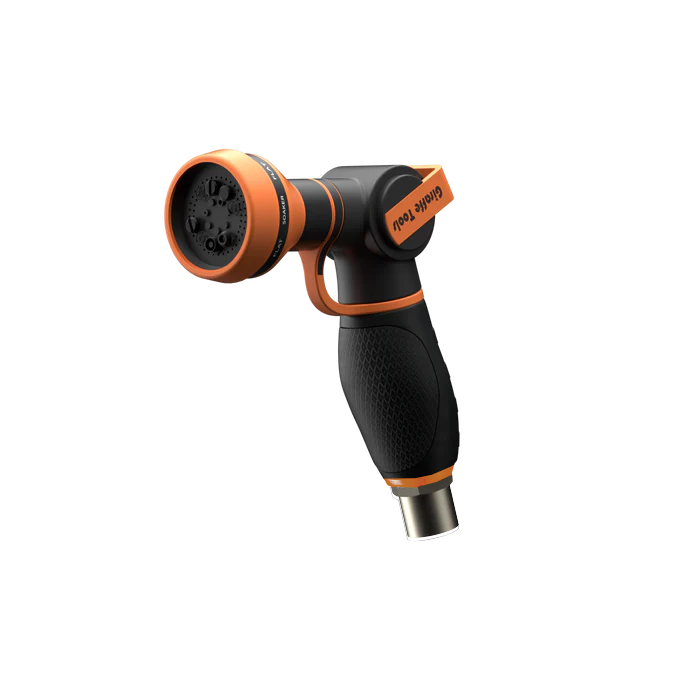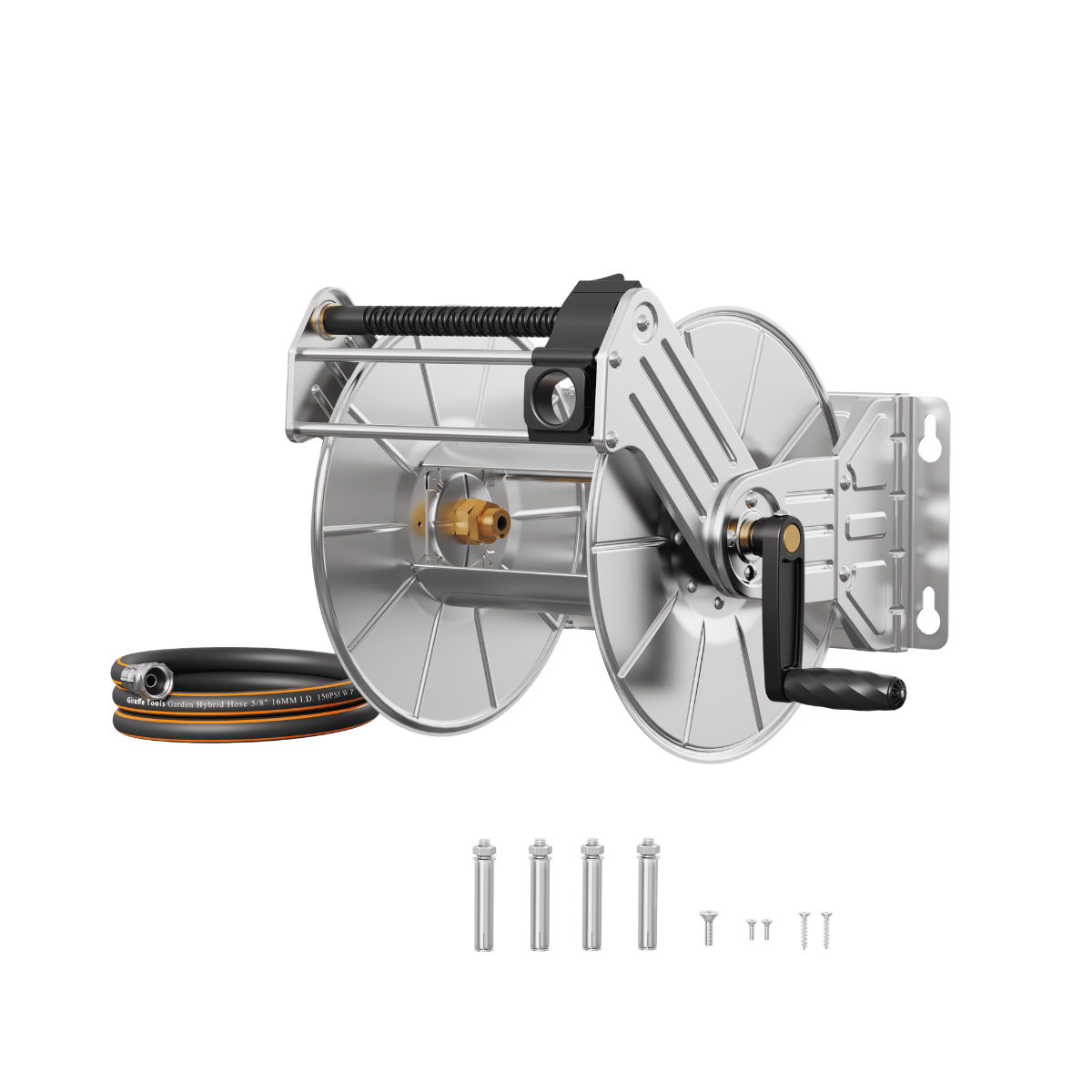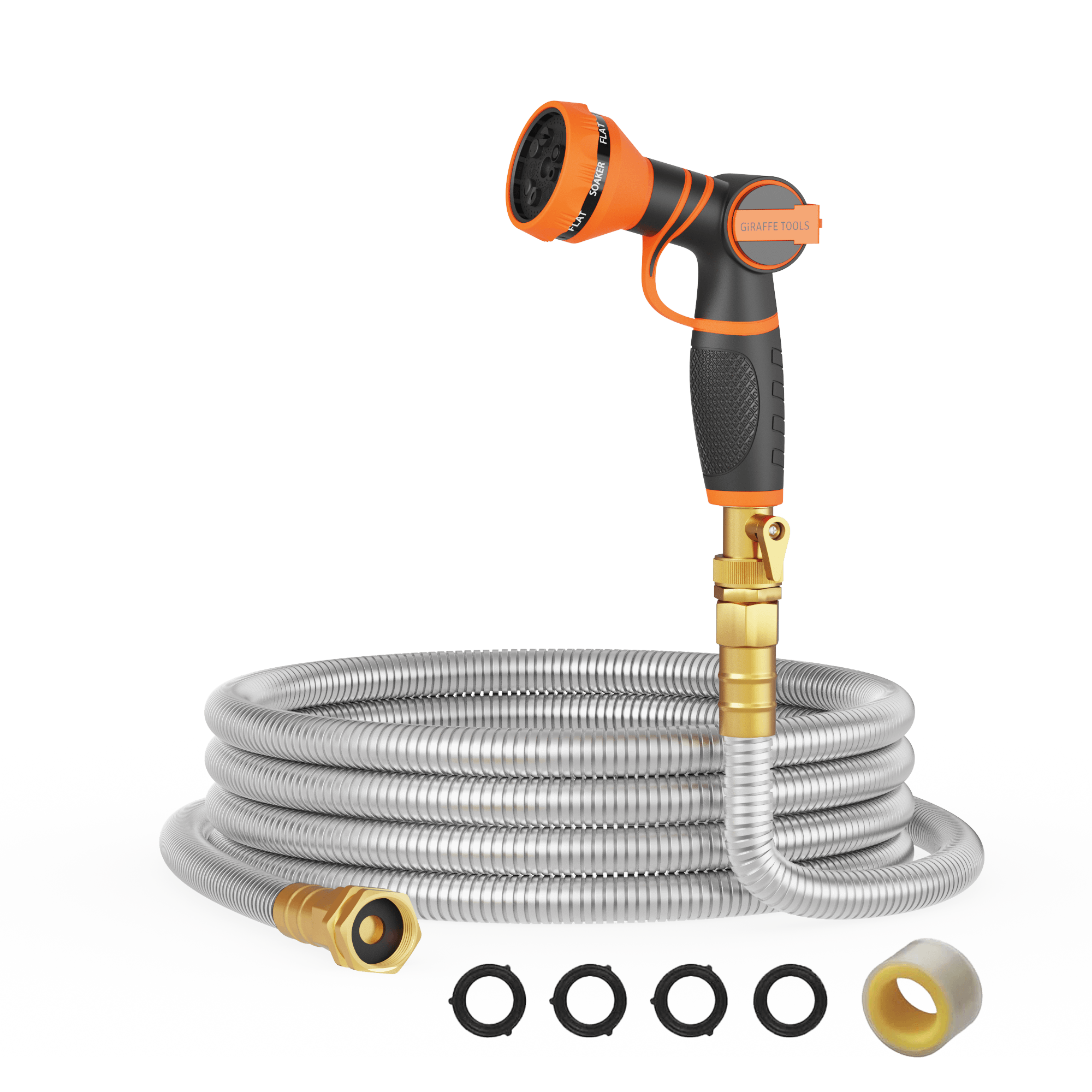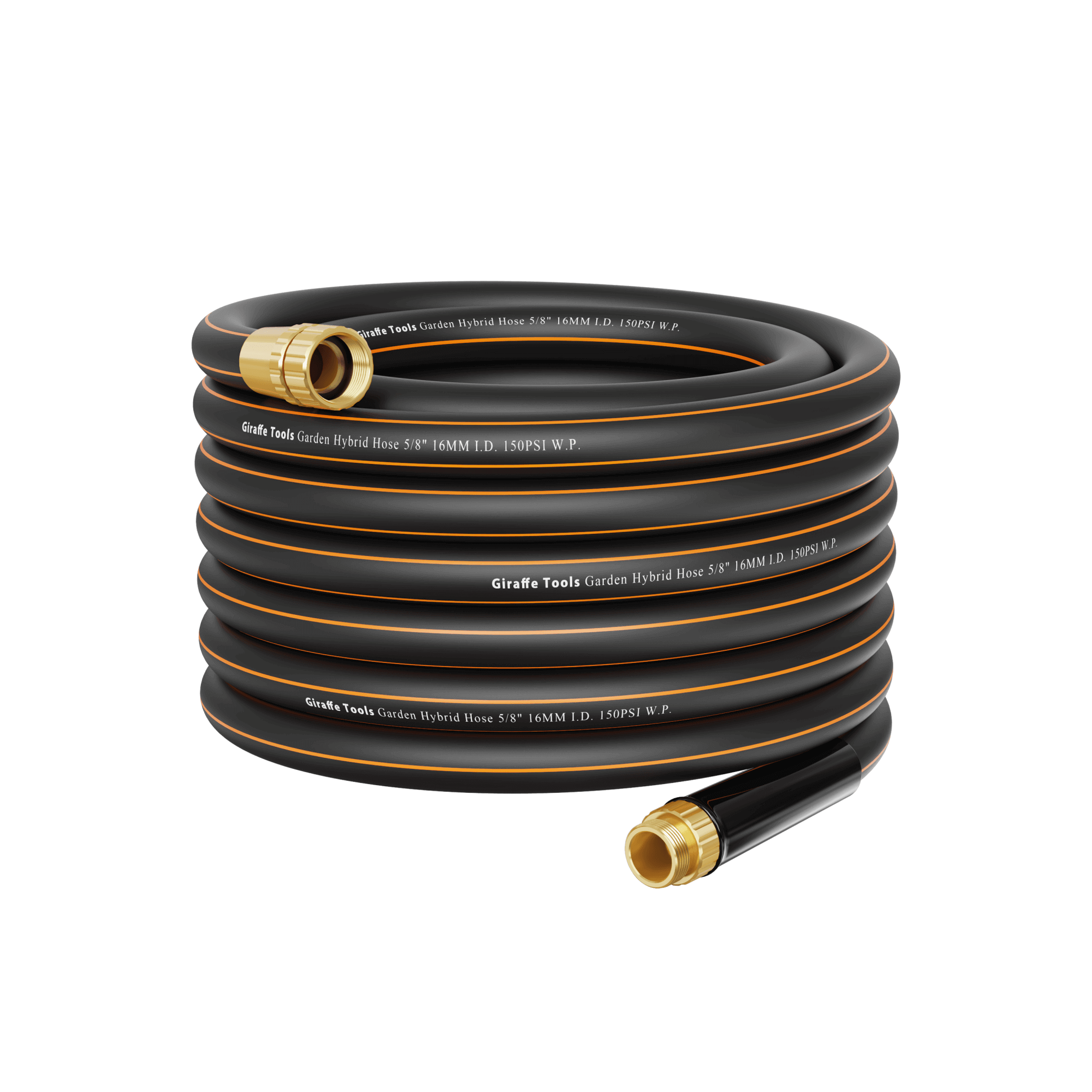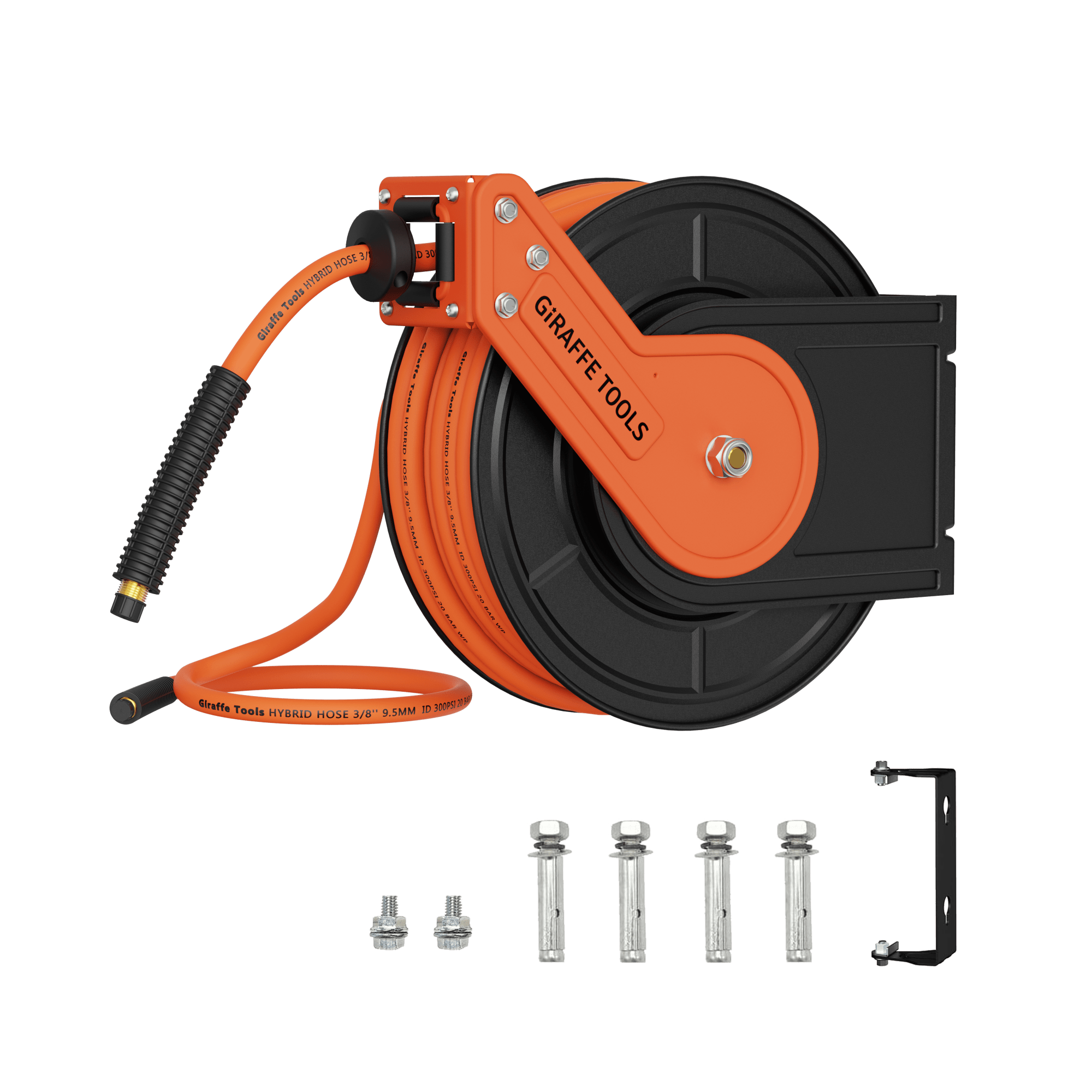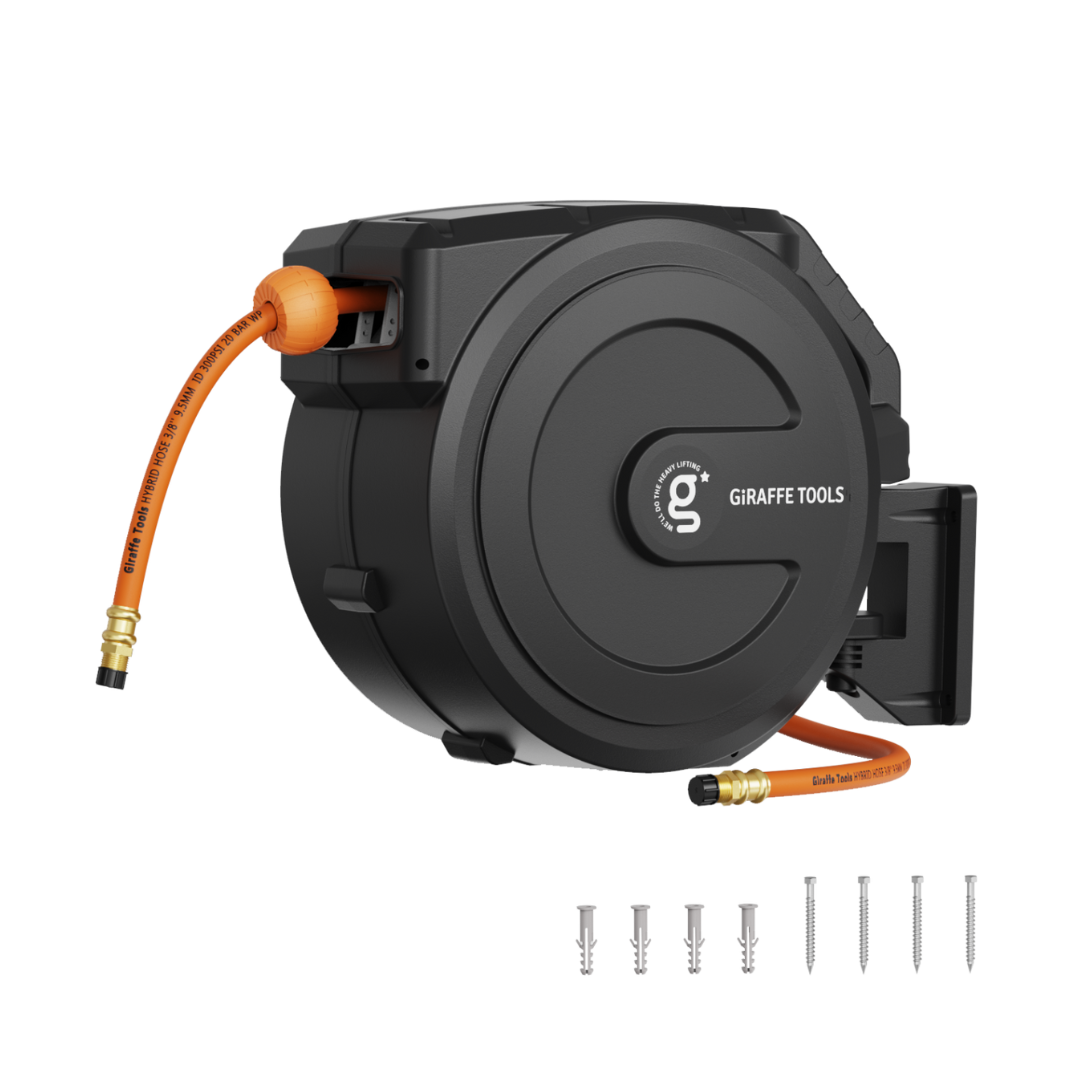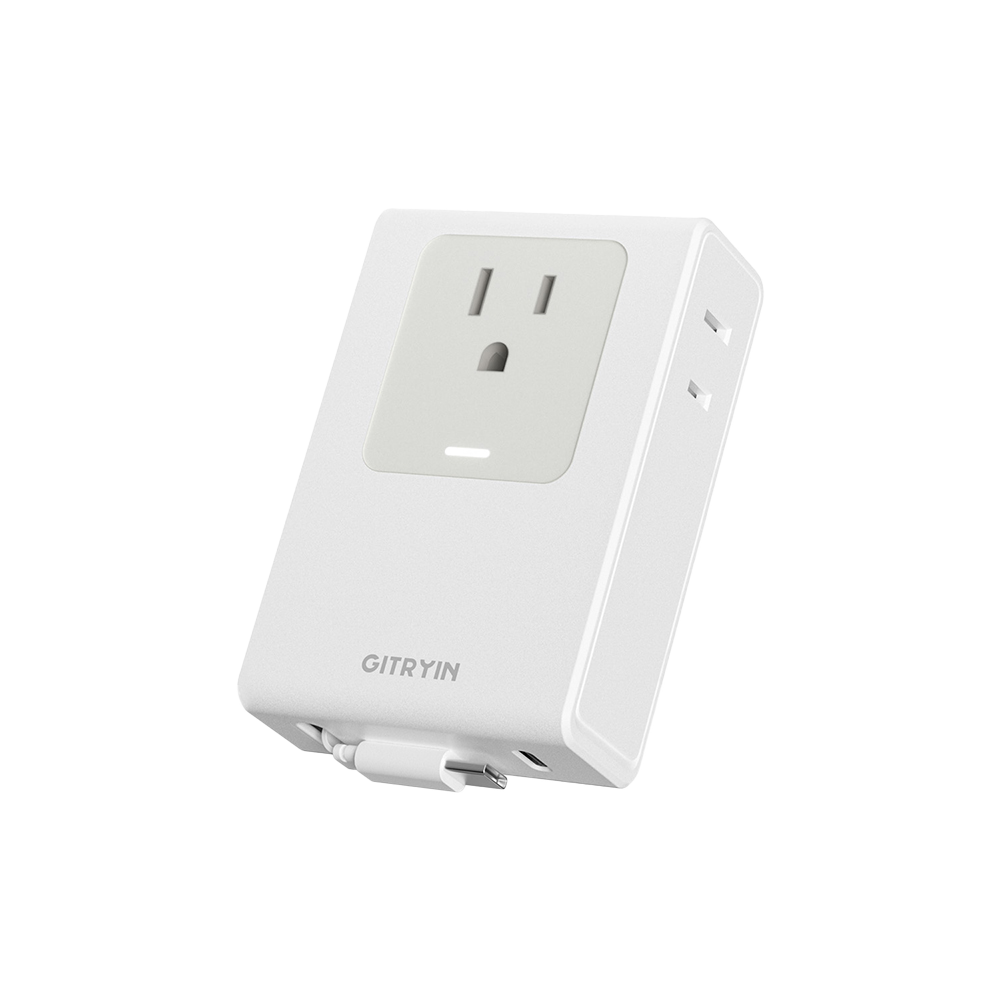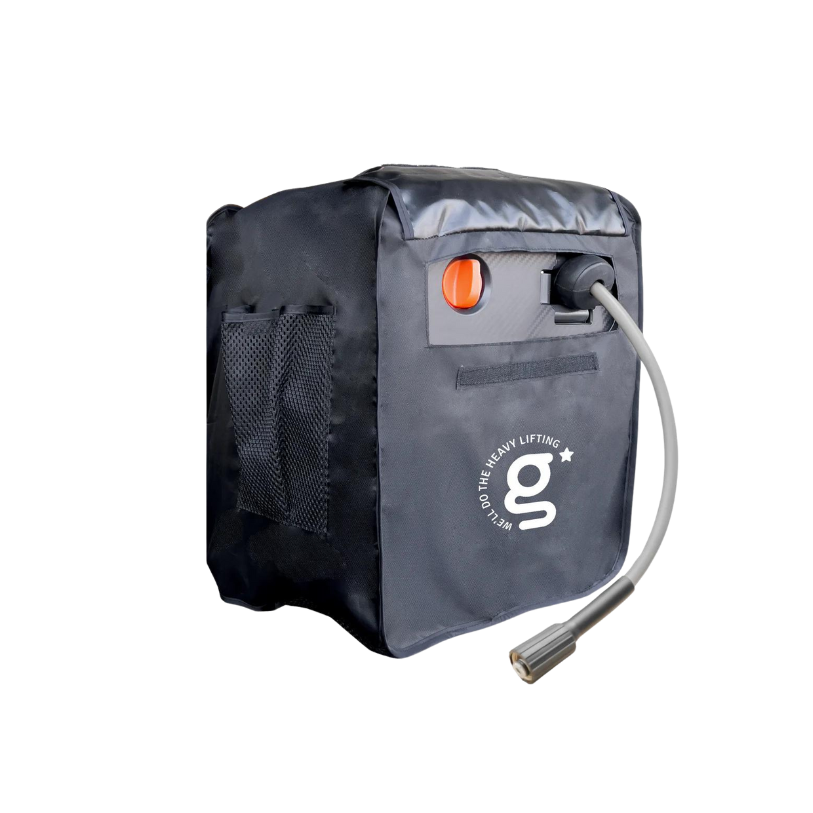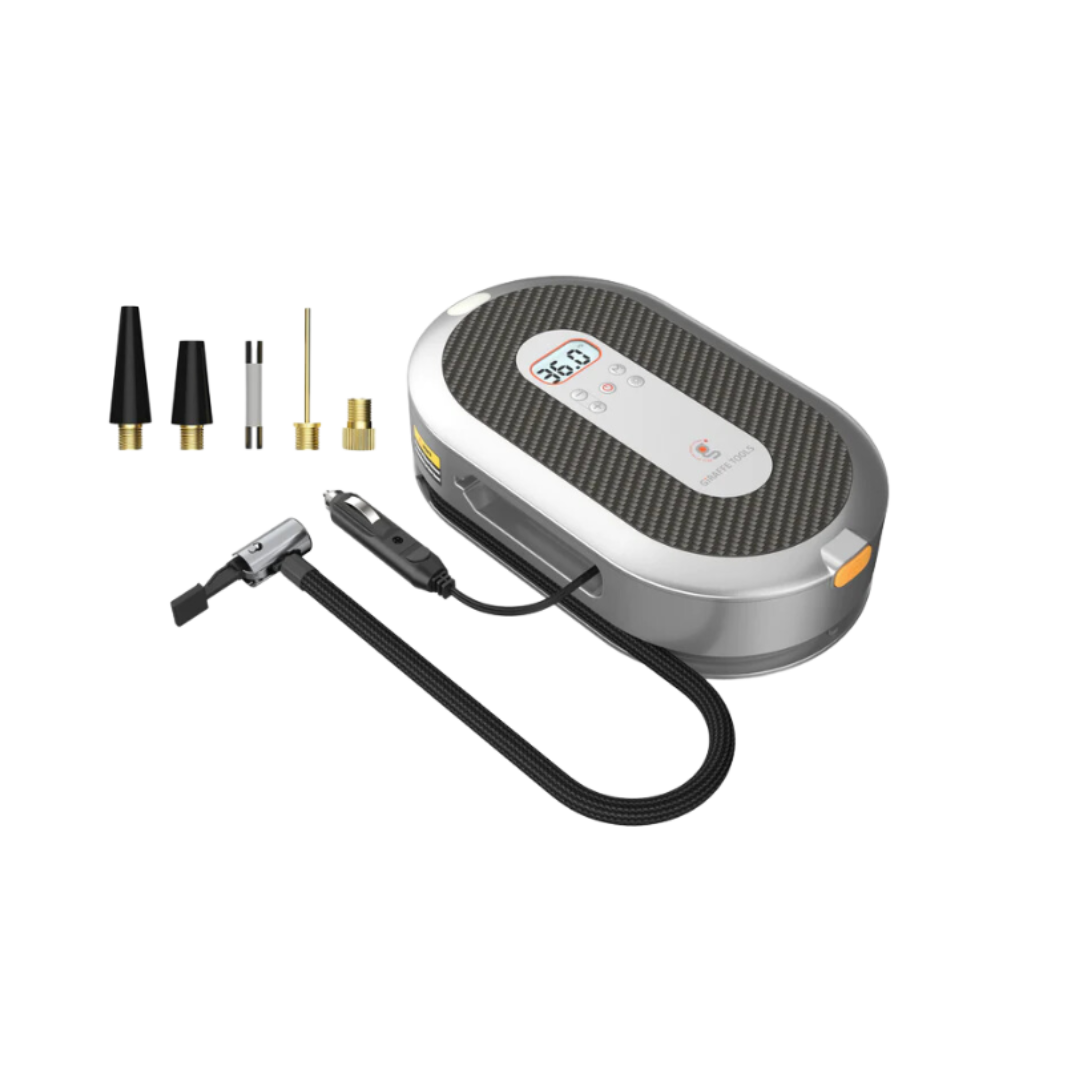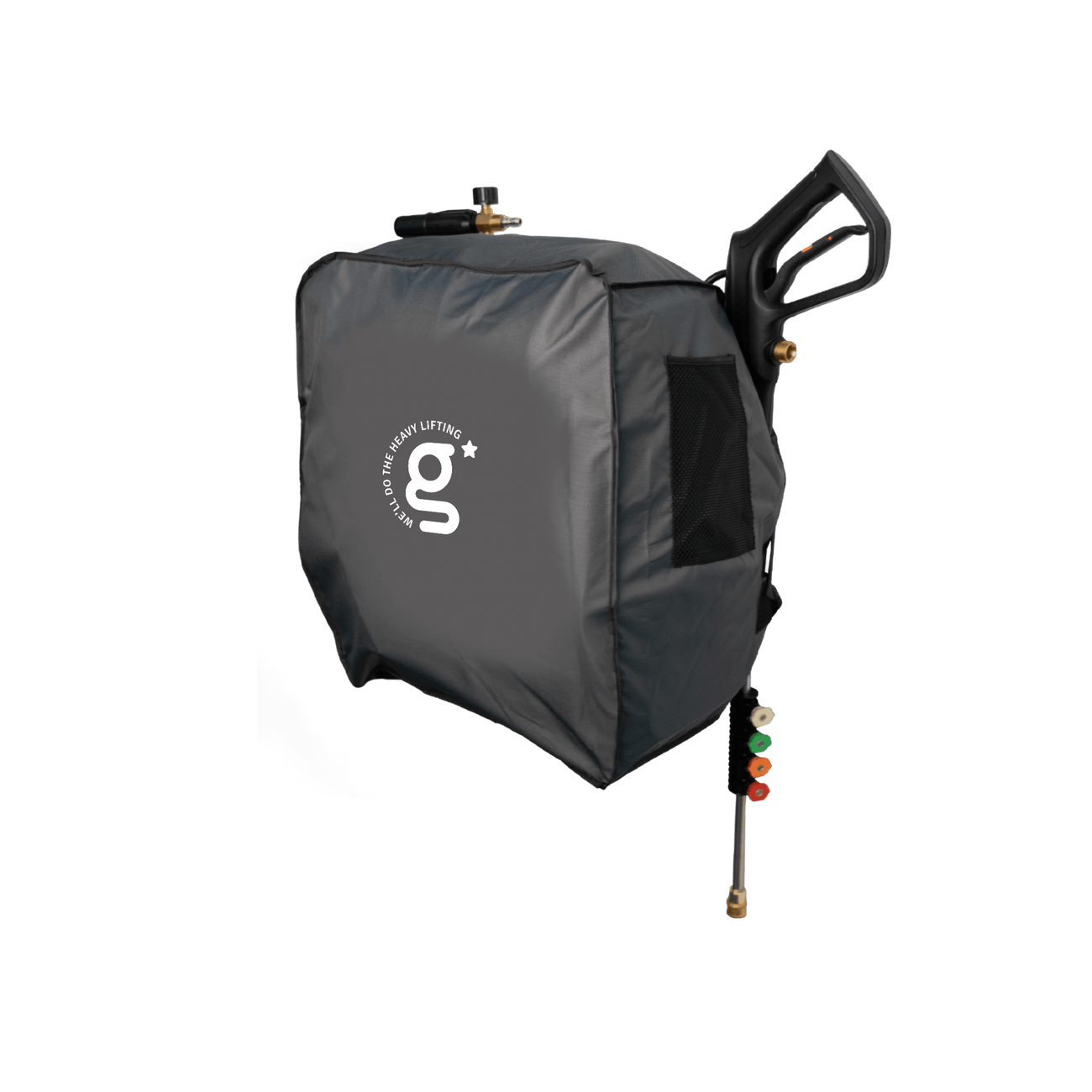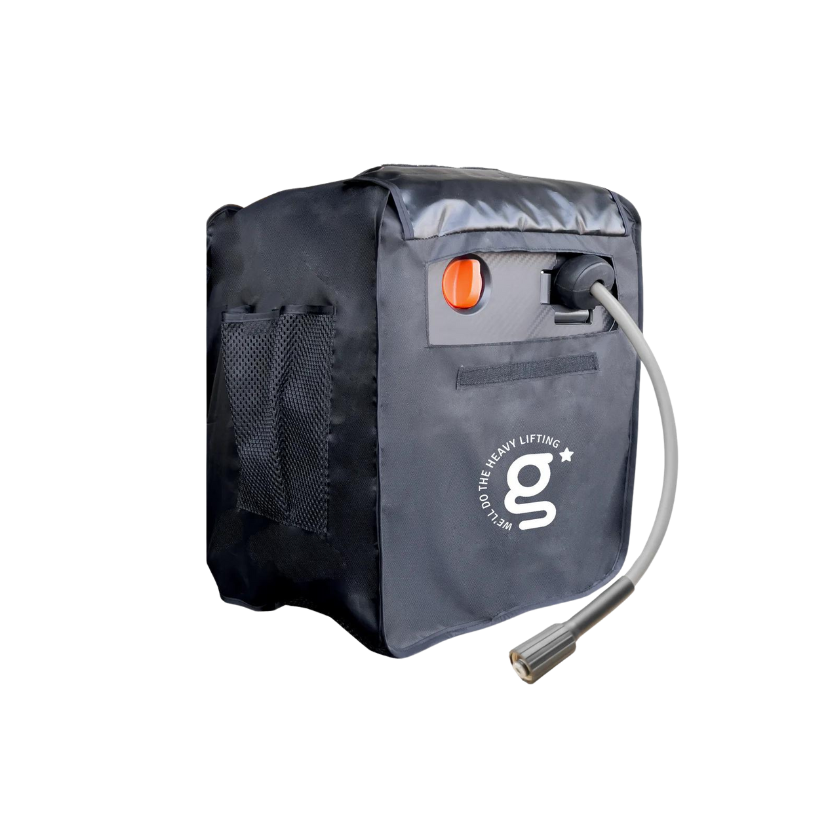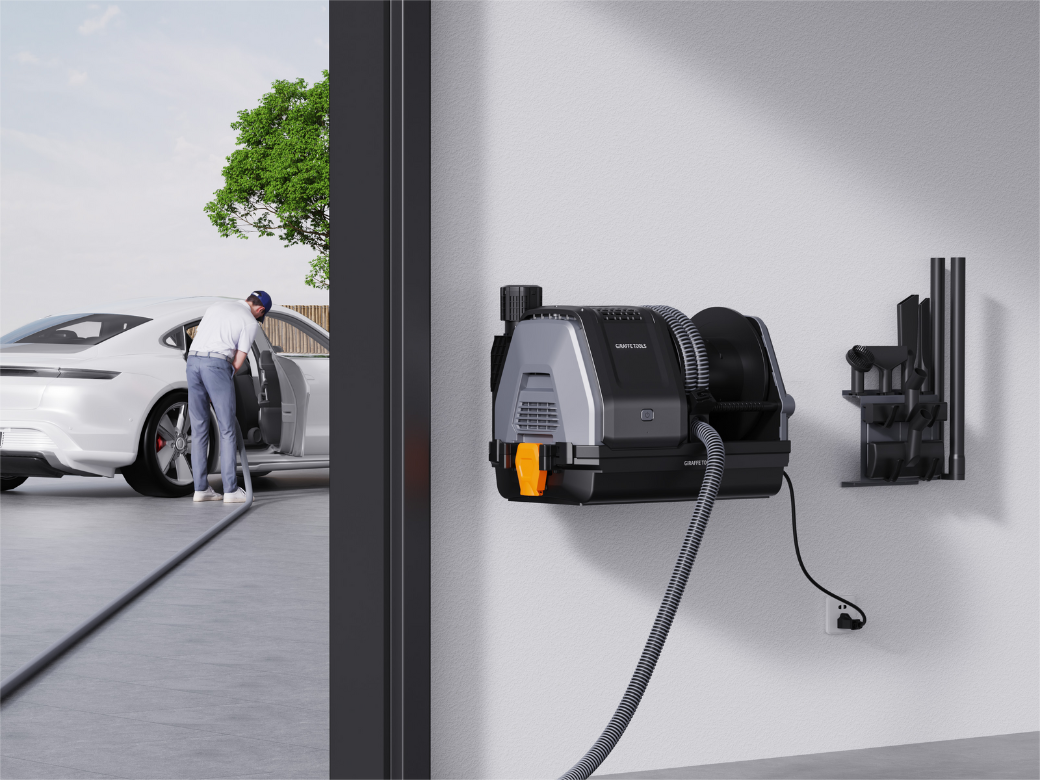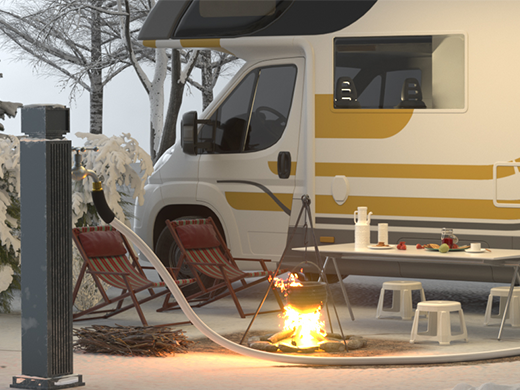As the winter season approaches, ensuring the proper maintenance and storage of your pressure washer is essential to keep them in optimal condition. In this guide, we'll explore the specific steps to winterize your tools. Prepare to safeguard your equipment against the harsh elements, ensuring they are ready to tackle tasks come spring. Let's dive into the key tips for winter maintenance and storage of your pressure washer.
What’s the Temperature Range?
Please note that the temperature range of your pressure washer is 32°F- 104°F. Using and storing the machine outside this range may cause damage. Extremely low temperatures, below 32°F, can lead to machine failure, including the inability of the motor to operate. The hoses and seals may become brittle, increasing the risk of cracks. Additionally, if the temperature is too low, cold water may be less effective for cleaning, and detergents might not work as efficiently.
What to Attend to in Winter?
The winter season introduces unique challenges for pressure washing, demanding special attention to ensure safety and sustainability. Here are crucial cautions to heed:
1. Icing and Freezing
This is because it can lead to surface icing during the washing process, posing a safety hazard. Moreover, the risk of freezing inside the machine presents a potential threat to its internal components.
2. Cleaning Effectiveness
In instances where pressure washing is deemed safe from icing, be mindful of the reduced cleaning effectiveness of cold water. Detergents may not work as efficiently in lower temperatures.
While using pre-warmed water is an option, it's crucial to maintain it within the recommended temperature range, ensuring it does not exceed 104°F. Overheated water can bring about sudden temperature changes, posing risks to both the cleaning object and the pressure washer. Exercise caution to ensure a safe and effective cleaning experience.
How to Maintain My Power Washer in Winter?
As winter sets in, the necessity of proper maintenance for your Giraffe Tools becomes paramount. To ensure they withstand the winter chill and are ready for action come spring, consider these essential steps for winter maintenance:
1.Regular Inspection and Lubrication
Ensure all moving parts and connections are thoroughly checked monthly or every 25 hours of use for smooth operation. Proper lubrication is essential to prevent components from becoming brittle in cold temperatures, reducing the risk of damage.
2. Safeguard Power Cord and Plug
Inspect power cords and plugs for any signs of cracks or damage before every use, and also monthly during storage, as low temperatures can make plastic more brittle, increasing the risk of cracking.
3. Examine Nozzles and Filters
Keep nozzles and filters clean to ensure no blockages. Blocked nozzles can lead to machine malfunctions. Properly store the nozzles after use for future use.
4. Prevent Rust on Springs
After usage, use a dry cloth to wipe off any water on the hoses, air-dry, and then roll up the hose to prevent rust on the springs.5. No Antifreeze Solution
While it’s tempting to use antifreeze, but Giraffe Tools suggest otherwise. The corrosive nature of antifreeze can erode internal components, impacting the water inlet and outlet.How to Store my Pressure Washer in Winter?
In order to keep the equipment at its best condition, it is crucial to store it properly in winter. Taking the right steps now ensures it will be ready for action when the warmer seasons return. Follow these simple yet vital guidelines to winterize your pressure washer and safeguard it from potential damage.
1. Turn Off and Disconnect
- Switch the pressure washer to the "OFF" state.
- Turn off the water supply tap.
- Disconnect the plug from the socket.
2. Release Pressure and Drain
- Discharge residual pressure from the gun until water stops flowing.
- Drain the water hoses thoroughly, aiming to remove as much water as possible. Retractable Air Hose Reel helps you blow try the internal of hose completely, which you can give a try.
- Consider storing the hoses after wiping them clean to prevent rusting of internal components.
- Clean the detergent tank using clean water, ensuring all remnants of detergent are removed. This step is crucial for maintaining the tank's integrity during the storage period.
3. Hose and Gun Safety
- Roll up the pressure hoses.
- Engage the gun safety catch.
- Secure the pressure hoses and engage the gun safety catch to avoid any accidental damage and ensure a compact storage setup, ready for future use.
4. Indoor Storage
- Dismantle the pressure washer and keep the machine in safe and dry environment for optimal winter storage indoors.
- Storing your pressure washer indoors protects it from harsh winter conditions, preserving its components and ensuring a longer lifespan.
5. Prevent Icing Issues
- Before reuse, check for any ice in the water hose.
- If partially frozen, wait for it to melt before normal use.
- Checking for ice in the water hose before reuse prevents potential damage and ensures a smooth start without any risks associated with freezing conditions.
By diligently following these winter storage steps, you're not only protecting your pressure washer from freezing hazards and potential damage but also ensuring it will be in optimal condition when you're ready to use it again. Taking the time to properly store your pressure washer during the winter months is a small investment that pays off in the form of extended lifespan and reliable performance.
Click and discover more guides designed to assist you in maintaining, troubleshooting, and enhancing the performance of your tools.
Why Won’t My Pressure Washer Stay Running?
How Long Can You Run A Pressure Washer Continuously?
Everything You Need To Know About PSI, GPM, And AMP In Pressure Washers
Tips for Running a Pressure Washer









